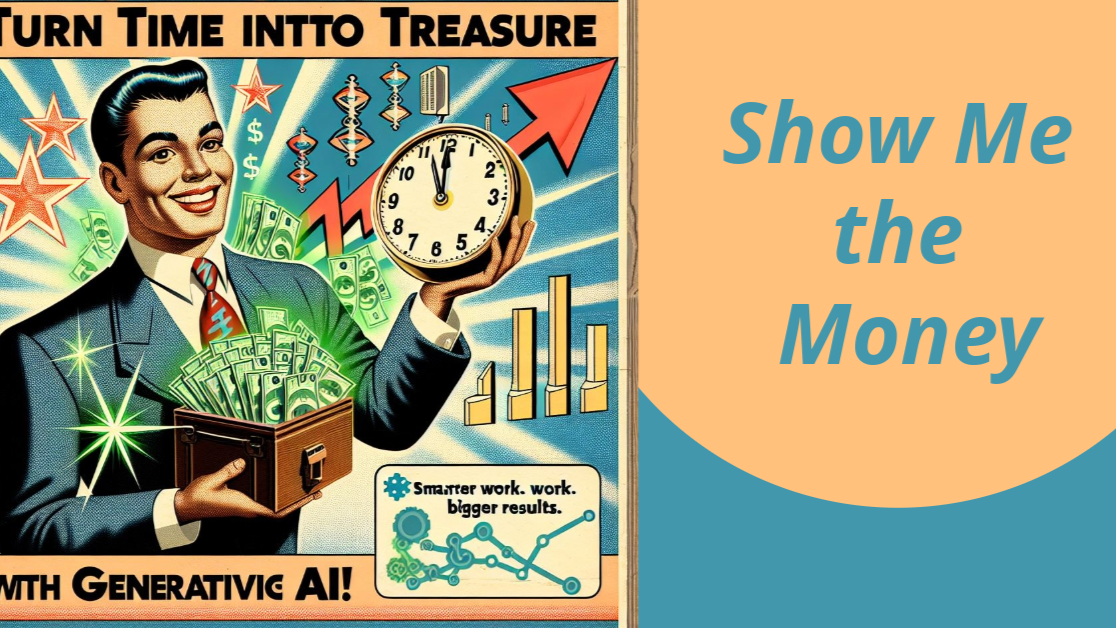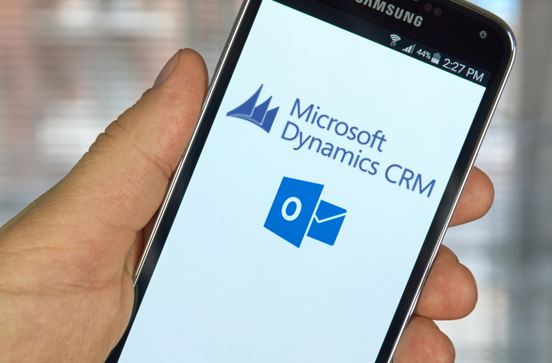Let's face it, you could bring a marching band, 14 Gartner Whitepapers, and an AI-generated poem that rhymes "productivity" with "profitability"... and some executive is still going to sit there and ask: "Yeah, but how does this save us actual money?"
Bless their budget-loving hearts.
No matter how many expert predictions, analyst reports, or slick demos you show, there’s always that one person in the C-suite who won’t believe in the power of AI until it starts printing invoices or balancing the P&L.
So today, let’s cut through the hype and talk about what really matters in the boardroom:
Green. Dollar. Value.
AI Isn’t Just a Time-Saver, It’s a Strategic Lever
Sure, Generative AI saves time. It drafts emails, summarizes meetings, and even helps write engaging presentations and articles. But let’s be honest, time savings are just the appetizer...
The main course? Real business impact.
Let’s talk about the others:
- Faster sales proposals = More deals, faster
- Better customer service = Higher retention
- Fewer legal/compliance errors = Lower risk
- Faster onboarding = More productivity, sooner
- Shorter project cycles = Faster time-to-market
The value of AI isn’t just about saving hours. It’s about using those hours smarter and turning that time into business results.
Tracey's “Green Dollar” AI Framework (Because Spreadsheets Speak Louder Than Words)
If you need to explain AI to someone who speaks fluent EBITDA, here’s how I recommend you break it down:
Step 1: Know Your Hourly Cost
- Let’s say an employee’s fully loaded cost is $100,000/year à roughly $50/hour.
Step 2: Estimate Time Saved
- If they save 2 hours/week using AI, that’s 100 hours/year.
Step 3: Multiply by Team Size
- 100 users x 100 hours = 10,000 hours saved.
Step 4: Multiply by Hourly Rate
- 10,000 hours x $50/hour = $500,000/year saved.
Step 5: Apply the “Realization Factor”
- If even half of those hours go to billable work, revenue-driving tasks, or strategic initiatives, that’s $250,000 in realized value.
And you didn’t even need to hire anyone new.
Reduce Risk, Not Just Cost
Executives don’t just manage revenue… they manage reputation, compliance, and exposure. GenAI reduces redlining errors in contracts. It ensures the latest templates are always used. It keeps messaging consistent and avoids accidental “oops” moments that lead to real legal or brand consequences. Risk goes down. Confidence goes up.
From Efficiency to Expansion
AI doesn’t just let teams move faster… it lets them do more:
- More client interactions
- More campaigns tested
- More ideas executed
- More data analyze
In short: more capacity, same headcount. That’s operational scalability without the hiring overhead.
Attract & Retain Top Talent
Burnout is real. So is turnover. High performers want to work for companies that automate the boring stuff and empower their creativity. AI reduces grind, increases satisfaction, and improves your brand as an employer that gets it.
Let Leaders Actually Lead
AI creates margin… and margin is where strategy lives.
In other words, most people are too busy reacting, responding, and staying afloat to work on the business instead of in it. Generative AI gives them breathing room and that breathing room is where strategic thinking, planning, innovation, and leadership can finally happen.
The best leaders aren’t buried in emails, they’re focused on growth, culture, and innovation. Generative AI helps everyone level up.
So, next time someone says, “I still don’t see the ROI of Copilot or GenAI,” don’t get frustrated just show them the math. And then show them the money.
P.S. Curious what AI could do for your organization’s bottom line? Let’s connect. I’d love to walk you through how to demonstrate the green-dollar value of AI in a way that your executive team can’t ignore.
Tracey Meyer leads KiZAN’s Enterprise Collaboration team, helping organizations break down silos and work smarter together. From Microsoft Copilot implementation and data readiness to Adoption & Change Management, SharePoint migrations, Power Platform enablement, collaborative innovation and of course all things Viva, Tracey’s team makes teamwork seamless.




